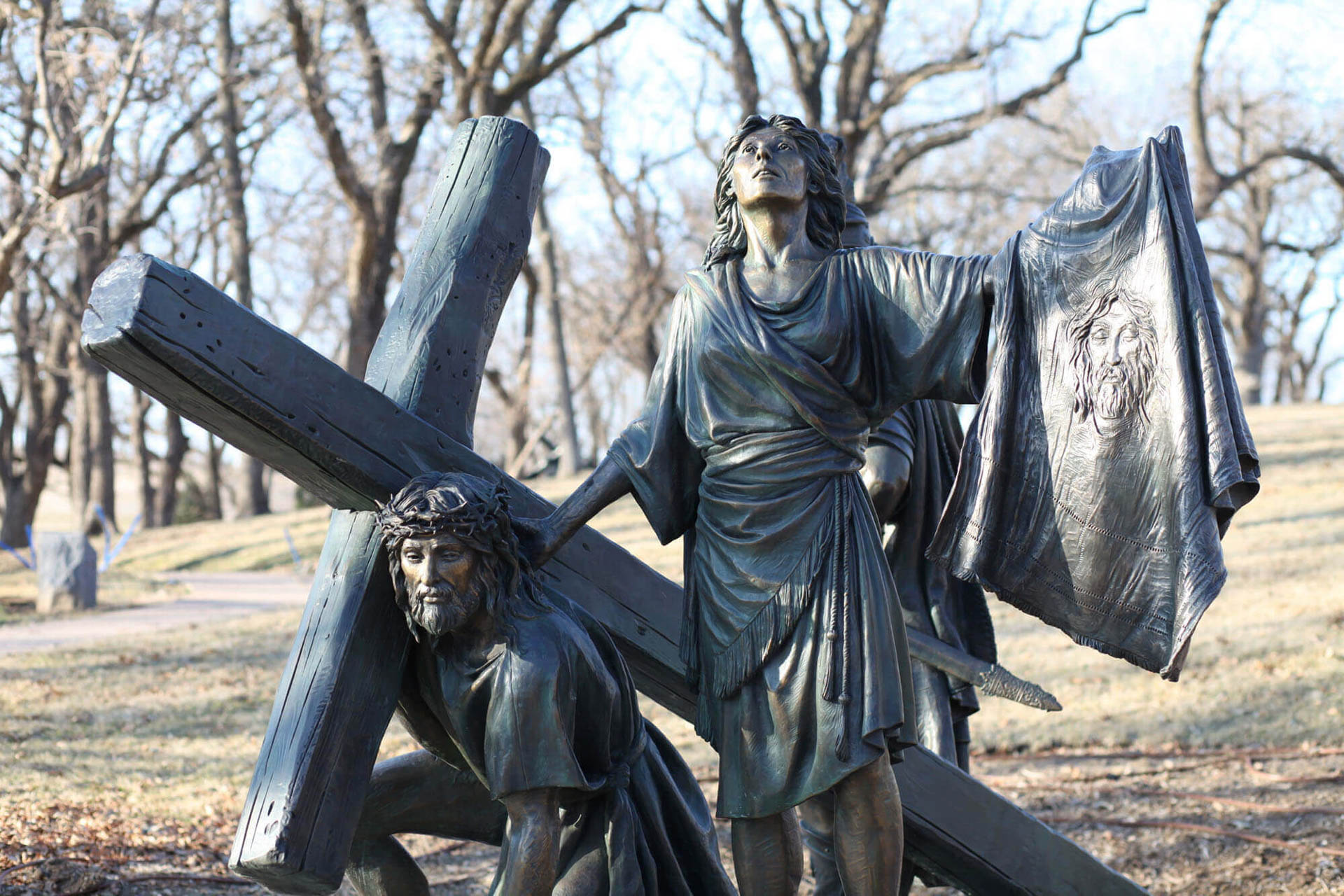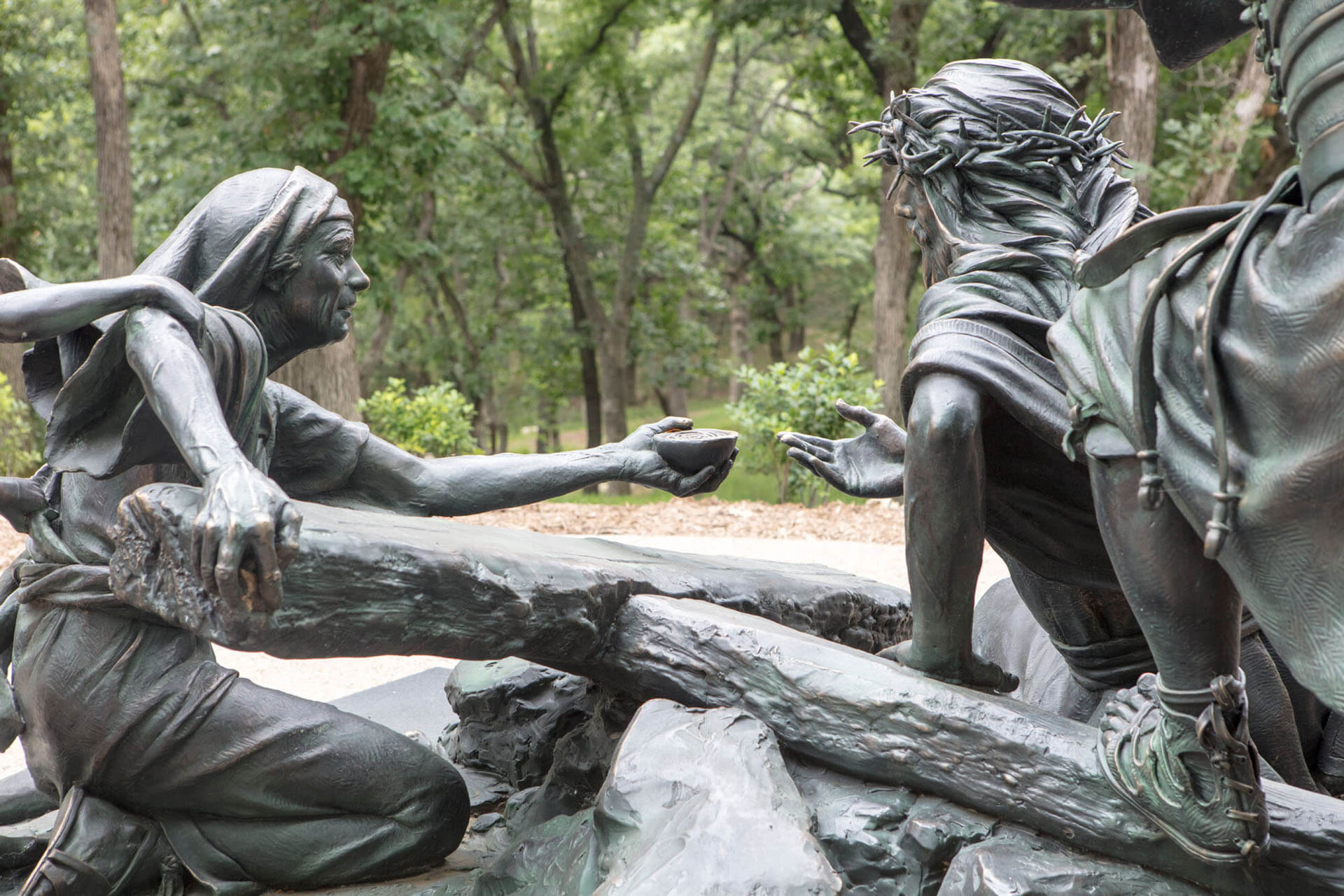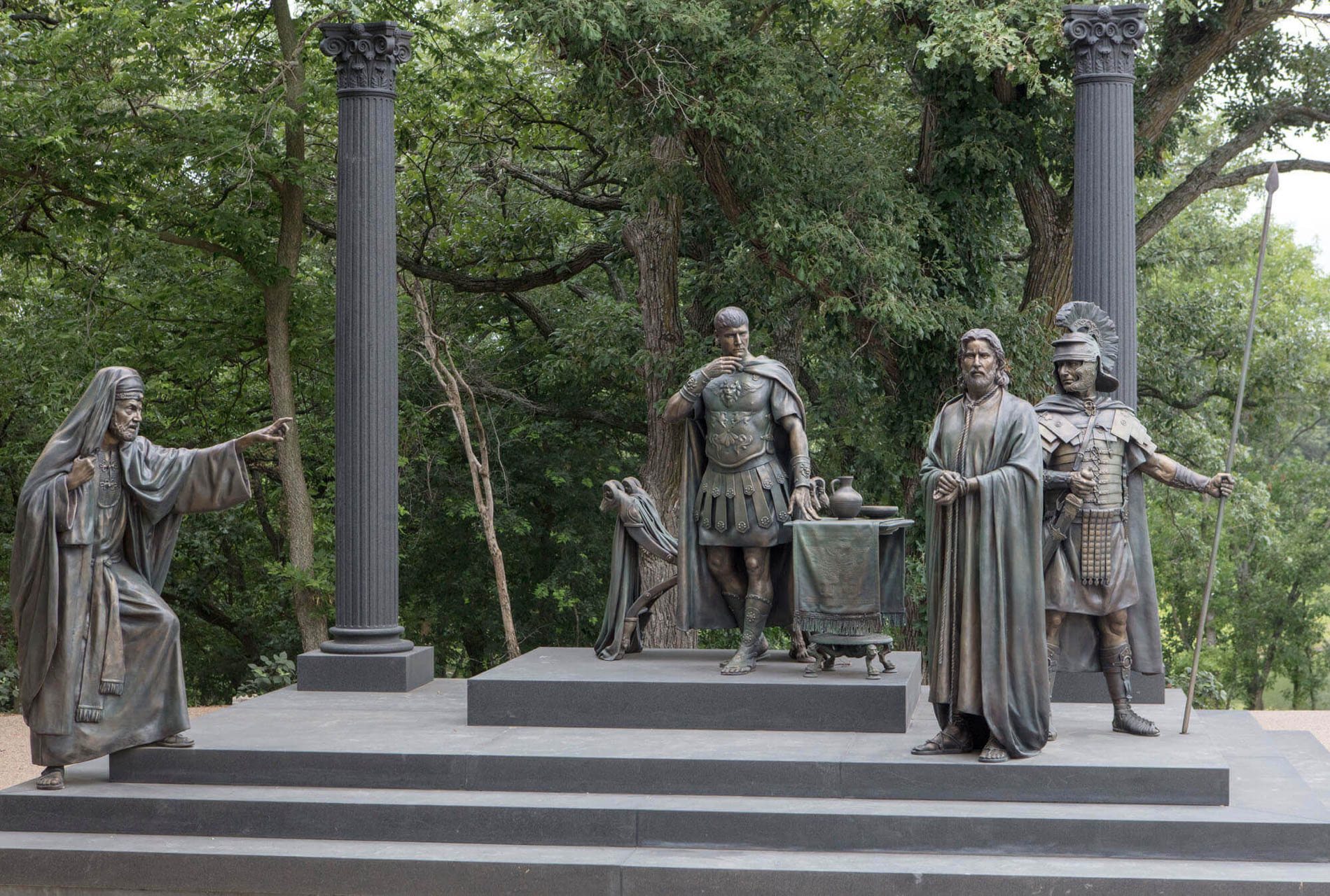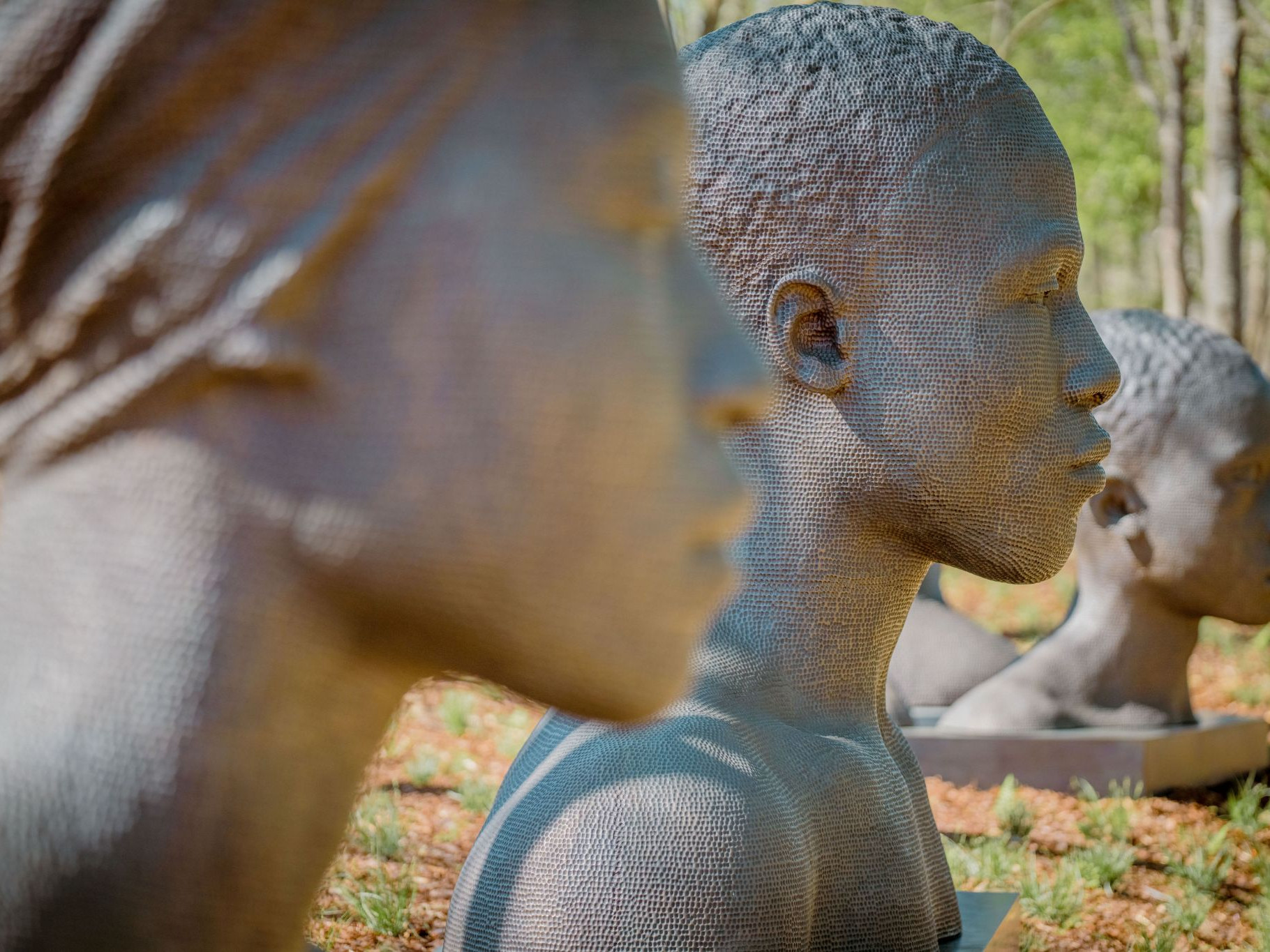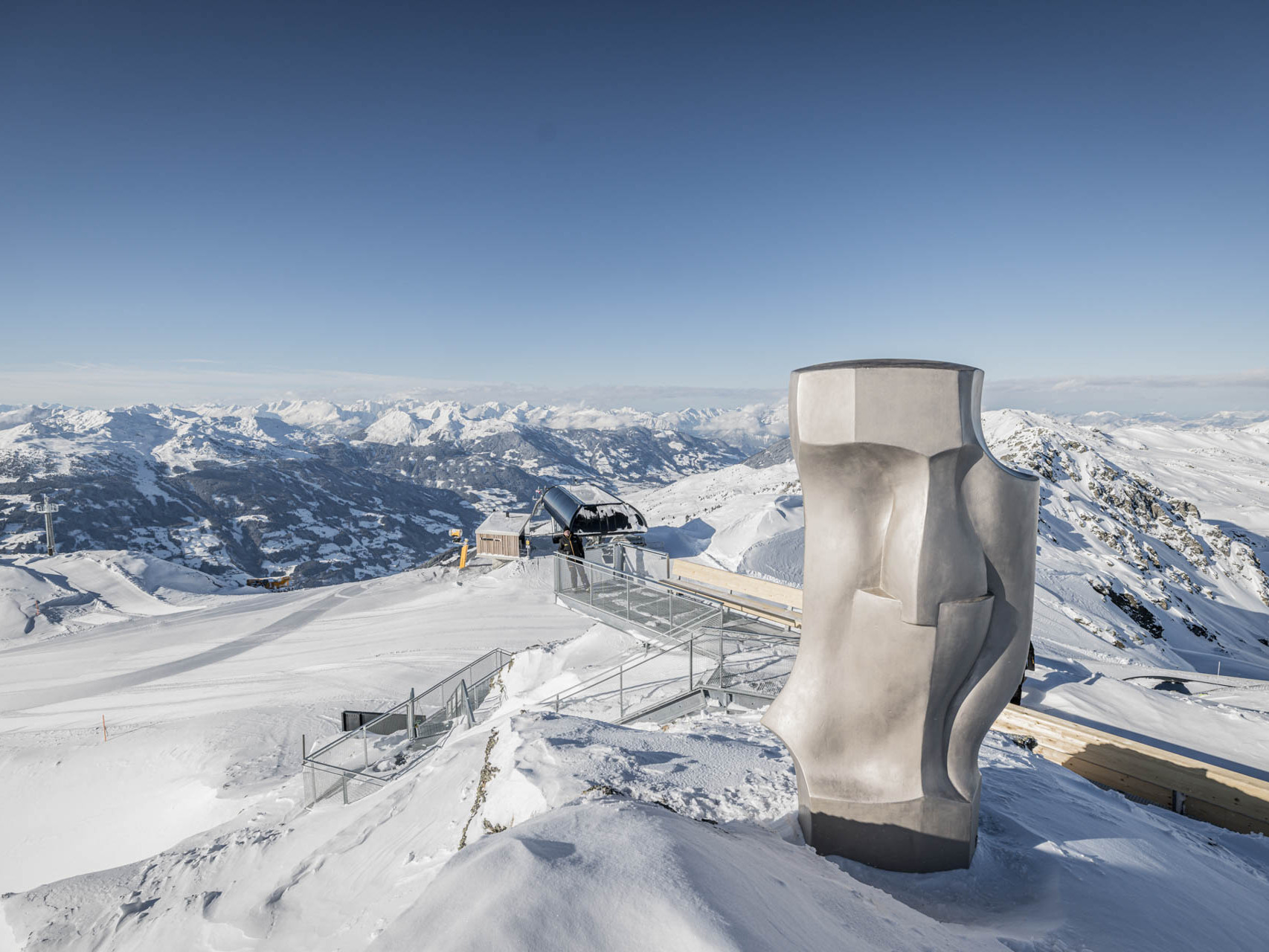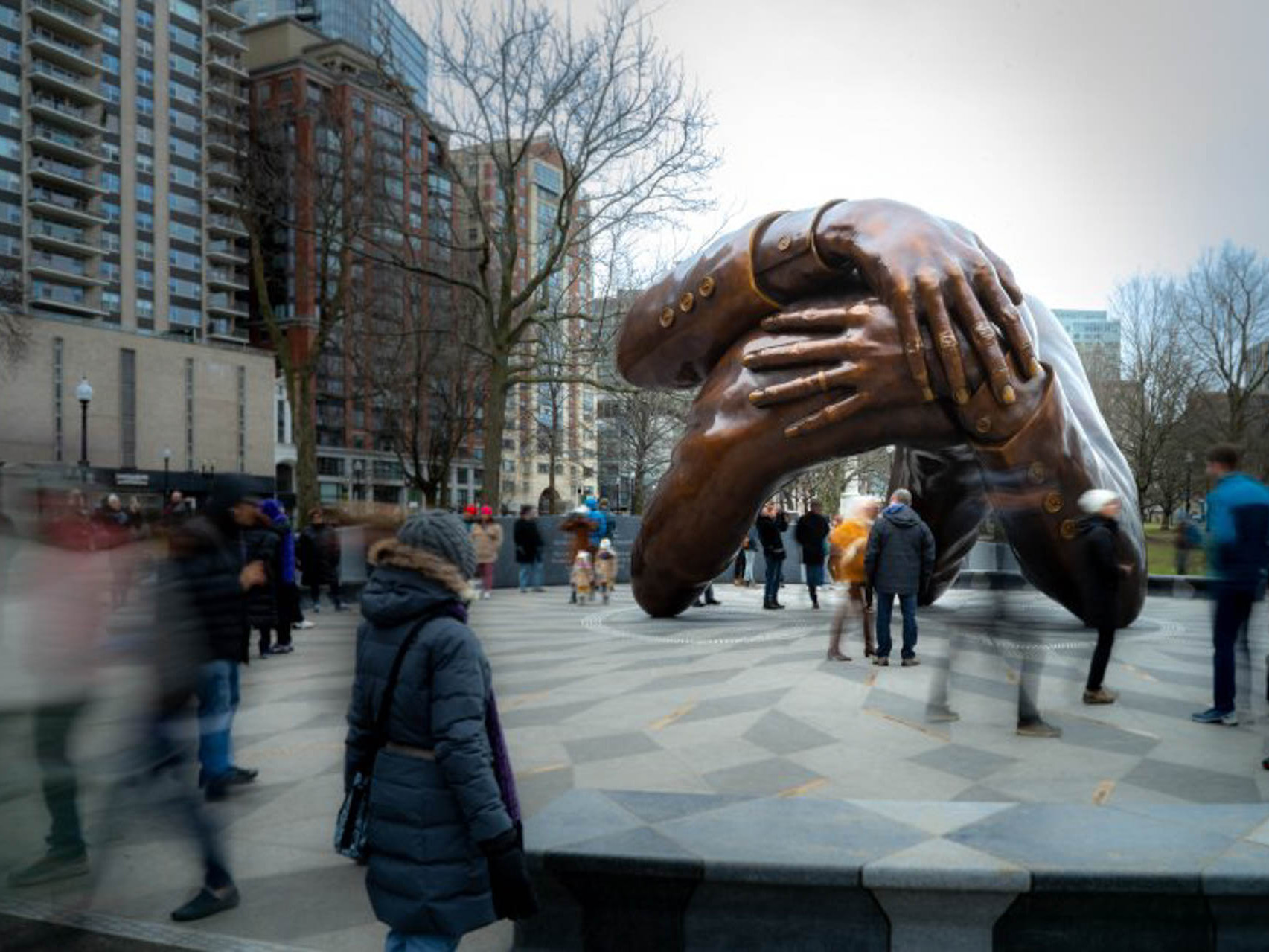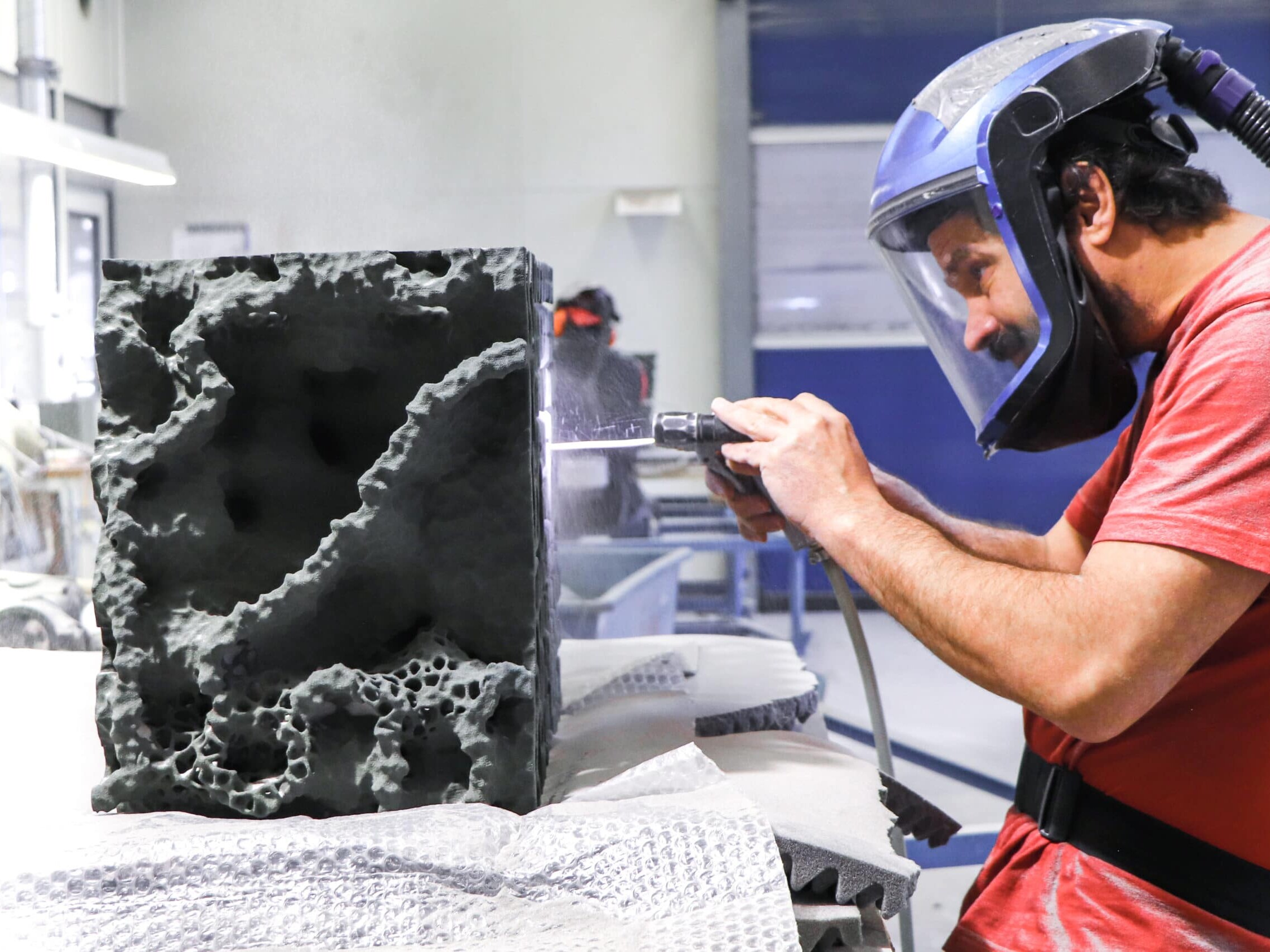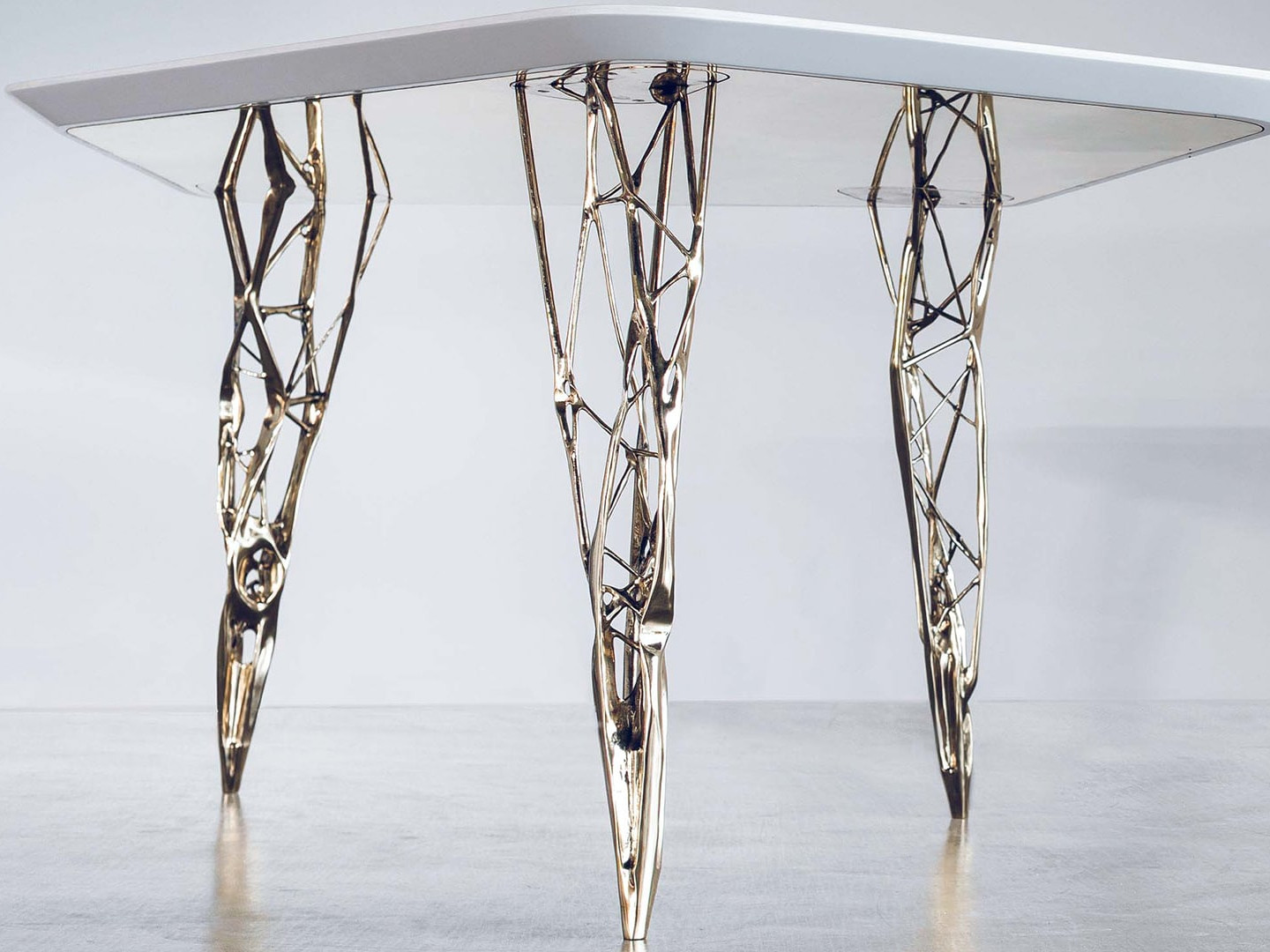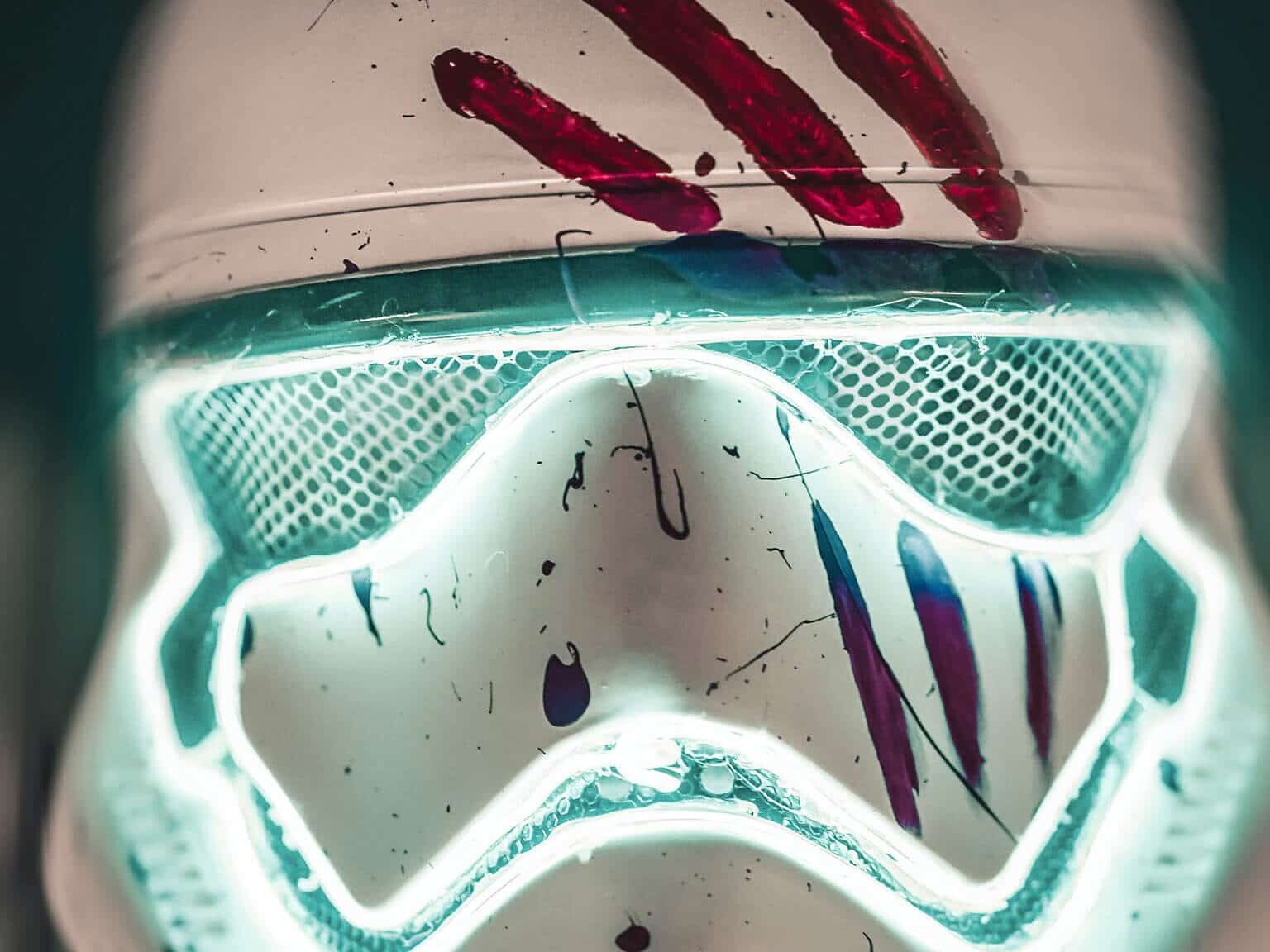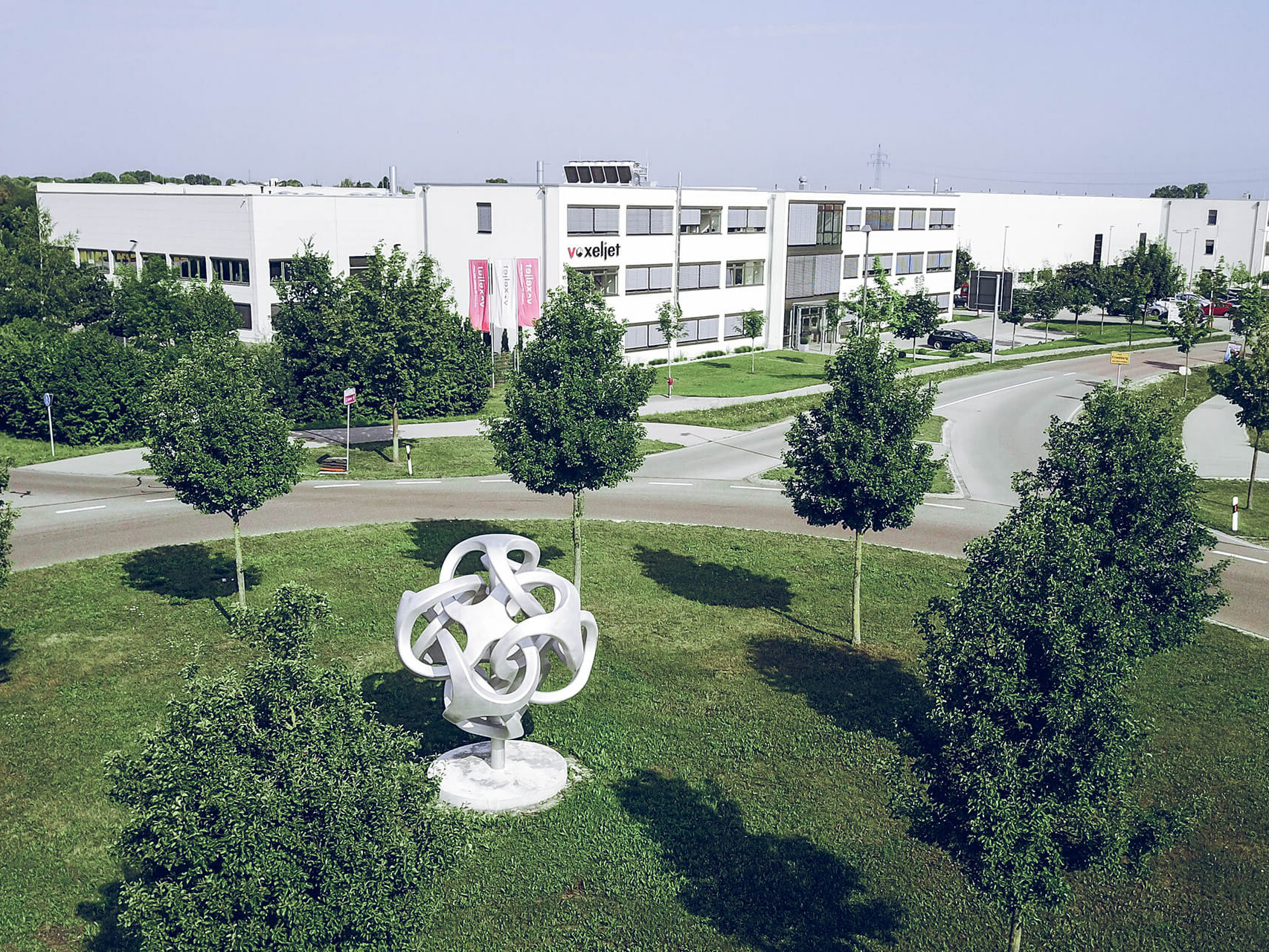- Home
- Case Studies
- Art and Design
- 3D printing in sculpture
Unique and larger than live sculpting with 3D printed PMMA patterns
The Stations of the Cross, located at Cloisters on the Platte, a Jesuit retreat center in Gretna, Nebraska, are one of the most profound and largest sculptural representations of the 14 stations representing Christ’s trial through his burial. A total of 58 figures, with the tallest figures reaching 7` in height, are positioned along a 2.500-foot-long path, which is the same distance Jesus Christ is believed to have carried his cross from Jerusalem to Golgotha, the site of his crucifixion.
The Cloisters on the Platte was founded by Joe Ricketts, who recruited a group of the US` internationally-acclaimed figurative sculptors to create the larger-than-life cast bronze sculptures for the Stations of the Cross. Today, each of the 14 stations represent a specific moment in Jesus Christ`s final journey, chronicling condemnation, torture, crucifixion and death.
Saving time and cost with additive manufacturing
However, the sculptors opted for an unconventional way of manufacturing the Stations of the Cross. Traditionally, sculptures would be crafted via full scale clay models, serving as patterns for mold making – an expensive and time-consuming process. It soon became clear that additive manufacturing was the most viable solution for manufacturing the 14 stations, as it is substantially more time-efficient, while also providing a high level of detail and freedom of scalability. Recognizing this potential, 3D printing proved to be the perfect choice. The initial models were traditionally sculpted from clay before being digitally scanned and scaled up to 125% life-size. These models were then sectioned and 3D printed using a VX1000 PMMA 3D printer from voxeljet. Each station was divided into several single patterns and then gradually brought to life layer by layer.
In the subsequent investment casting process, the PMMA patterns were handled exactly like conventional wax patterns. After building a ceramic shell around the patterns by repeatedly covering them with ceramic material and dipping them in a ceramic slurry, the PMMA was burned out, leaving behind a hollow ceramic mold for casting. The statues were then cast in bronze and underwent chiselling as well as patination for their final appearance.
Introducing a new era in sculpture
The entire process of creating the Stations of the Cross took three years. Thanks to 3D printing, the manufacturing process could be accelerated without having to sacrifice a single bit of richness in detail. Digital processing allowed for flexible scaling, resulting in statues ranging up to 7 feet high, each characterized by an incredibly high level of detail. Although art and traditional manufacturing methods will always be closely interwoven, modern technology is increasingly being used by artist. Digital design and 3D printing in particular are opening up new ways of creating and freedom of design.
A larger-than-life testimony to 3D printing
Today, visitors can walk through a 2,500-foot-long path along which the life-size statues telling the story of Jesus’ journey to death are placed. With its dimensions, it is the largest and most significant Stations of the Cross ever created, highlighting the potential of 3D printing in the production of high-quality, large-scale castings. Furthermore, this project demonstrates how flexibly 3D printing can be integrated into existing production processes, marking the beginning of a new era in sculpture.
Picture credit: Smith Omni, Scott Papek und Jeff Smith. Visit https://www.stationsofthecross.com/stations-main/ for more.
More Case Studies
Bronze-cast sculptures produced with 3D printing
In the Freedom Monument Sculpture Park, there are three bronze sculptures by artist Shaleigha D'Clark, created using 3D printing
3D-printed sculptures at 2500 metres
At 2,500 metres in the Tyrolean Alps, these 3D-printed sculptures enjoy a special view. They are the fulfilment of a long-held dream of Tyrolean artist Magnus Pöhacker.
3D printing patterns for large-scale sculpting
The Embrace is a public artwork in Boston to honor and remember the life of Martin Luther King and his wife Coretta Scott King. The sculpture was created with 3D PMMA printing and investment casting
Functional Architecture with 3D Printing
The Mersitem Wall is a best practice example of how functional and sustainable architecture can be created with 3D printing.
3D printing for sustainable architecture
Singapore's AIRLAB uses these table legs to show how architecture can be made more sustainable and functional at the same time.
3D printing the future of prop manufacturing
Using 3D printing to create cost-effective, realistic movie props.
Four meters high artwork from the 3D printer
voxeljet creates the four-meter-high aluminium sculpture "sling ball" using the 3D printing system VX4000
Industrial 3D printers
Our portfolio of industrial 3D printers ranges from compact systems for research to additive series production.



















